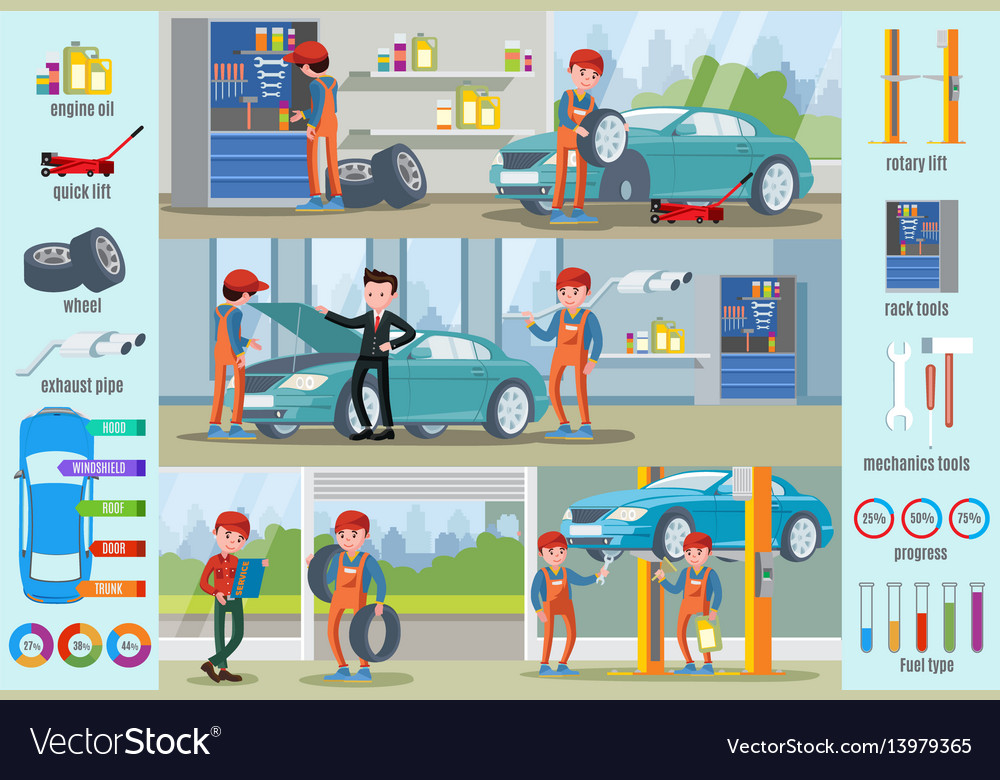Interpreting Your Vehicle'S Alert Lighting: Their True Effects
Interpreting Your Vehicle'S Alert Lighting: Their True Effects
Blog Article
Published By-Higgins Kejser
When you're behind the wheel, those radiant caution lights on your control panel can be a bit difficult. Do you understand what they're trying to tell you about your auto's wellness? Recognizing the importance of these lights is vital for your safety and the longevity of your automobile. So, the next time among those lights turns up, would not you want to analyze its message precisely and take the needed actions to address it?
Common Warning Lights and Interpretations
Recognize typical caution lights in your car and understand their meanings to make certain risk-free driving.
One of the most typical warning lights include the check engine light, which signifies concerns with the engine or emissions system. If this light begins, it's critical to have your lorry checked quickly.
The oil pressure alerting light indicates reduced oil stress, calling for prompt interest to stop engine damages.
A blinking battery light could recommend a malfunctioning billing system, possibly leaving you stranded otherwise resolved.
The tire pressure tracking system (TPMS) light signals you to reduced tire stress, impacting lorry security and fuel effectiveness. Disregarding this might result in harmful driving problems.
The abdominal light indicates a problem with the anti-lock braking system, endangering your ability to stop promptly in emergency situations.
Finally, the coolant temperature level cautioning light warns of engine overheating, which can lead to extreme damage if not solved swiftly.
Recognizing these usual caution lights will help you address concerns quickly and maintain secure driving problems.
Significance of Prompt Attention
Comprehending the usual caution lights in your automobile is just the first step; the value of without delay attending to these warnings can't be emphasized enough to ensure your safety and security on the road.
When a warning light brightens on your dashboard, it's your cars and truck's means of connecting a prospective concern that requires attention. Overlooking these cautions can bring about much more severe issues later on, compromising your security and potentially costing you a lot more in repairs.
Motivate focus to warning lights can stop break downs and accidents. As https://andrelfztn.blogpixi.com/32398263/examine-your-automobile-s-needs-to-find-the-perfect-car-detailing-solution-for-you-however-which-factors-will-truly-affect-your-choice , a blinking check engine light could suggest a misfire that, if left neglected, can cause damages to the catalytic converter. Addressing this promptly can save you from a pricey repair.
Likewise, a brake system alerting light could signify low brake fluid or worn brake pads, critical components for your safety when driving.
Do It Yourself Troubleshooting Tips
If you discover a caution light on your control panel, there are a couple of do it yourself troubleshooting suggestions you can attempt before looking for specialist help.
The very first step is to consult your automobile's manual to recognize what the particular caution light indicates. Sometimes the concern can be as straightforward as a loosened gas cap triggering the check engine light. Tightening the gas cap may solve the trouble.
An additional usual issue is a low battery, which can activate different alerting lights. Inspecting the battery connections for corrosion and ensuring they're secure could fix the issue.
If a caution light continues, you can attempt resetting it by detaching the cars and truck's battery for a few minutes and then reconnecting it. Additionally, examining your car's fluid degrees, such as oil, coolant, and brake liquid, can help troubleshoot alerting lights connected to these systems.
Verdict
Finally, recognizing your auto's warning lights is necessary for maintaining your automobile running efficiently and safely. By immediately addressing these informs and knowing what they imply, you can prevent expensive repair services and possible malfunctions.
Bear in mind to consult your car's guidebook for specific information on each cautioning light and take action appropriately to guarantee a trouble-free driving experience.
Keep notified, remain https://www.cenlanow.com/automotive/spend-less-at-the-pump-with-these-fuel-saving-tips/ -free on the road!
